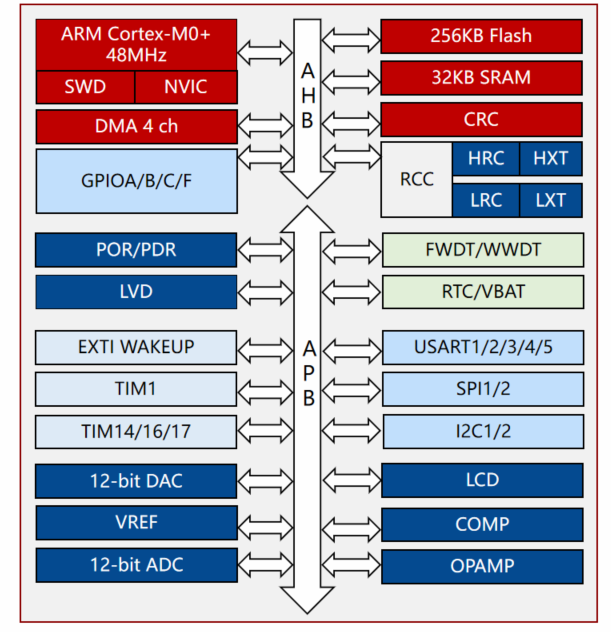Excerpt from digitimes (paywalled):
US sanctions have barred Huawei from accessing advanced chips produced by global foundry leader TSMC, citing national security concerns. This has forced Huawei to pivot to domestic solutions. Industry analysts suggest Huawei has leveraged SMIC's N+2 process, equivalent to a 7nm node, combined with JCET's 4nm packaging technology to achieve mass production of its 5nm-equivalent chip. By employing chipset designs and advanced packaging, Huawei has significantly enhanced performance, circumventing the limitations imposed by restricted access to cutting-edge fabrication. Further bolstering this ecosystem is Shenzhen-based semiconductor equipment firm SiCarrier Industry Machines, a key Huawei partner, which claims to have developed manufacturing tools capable of supporting nodes from 7nm down to 5nm.

